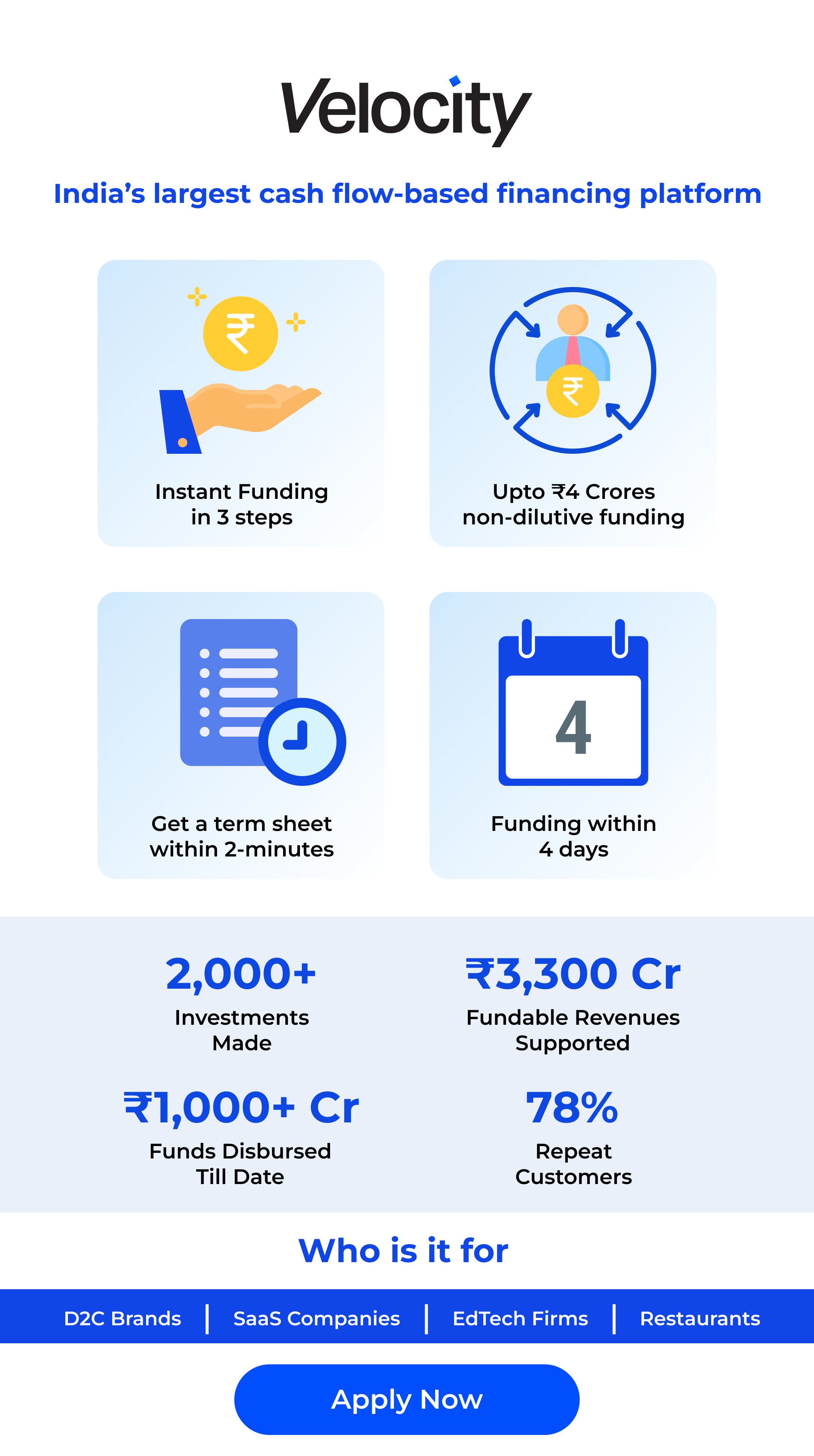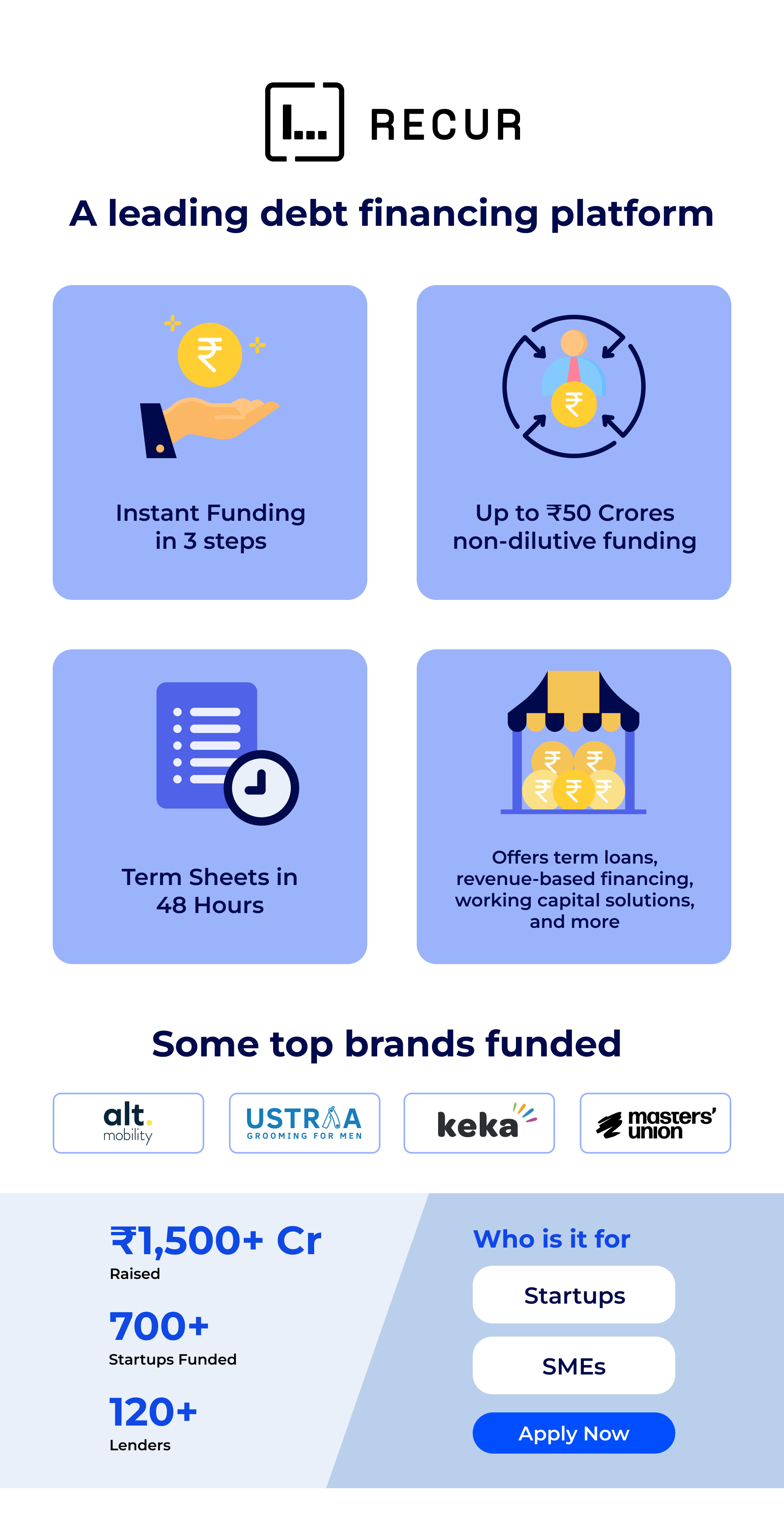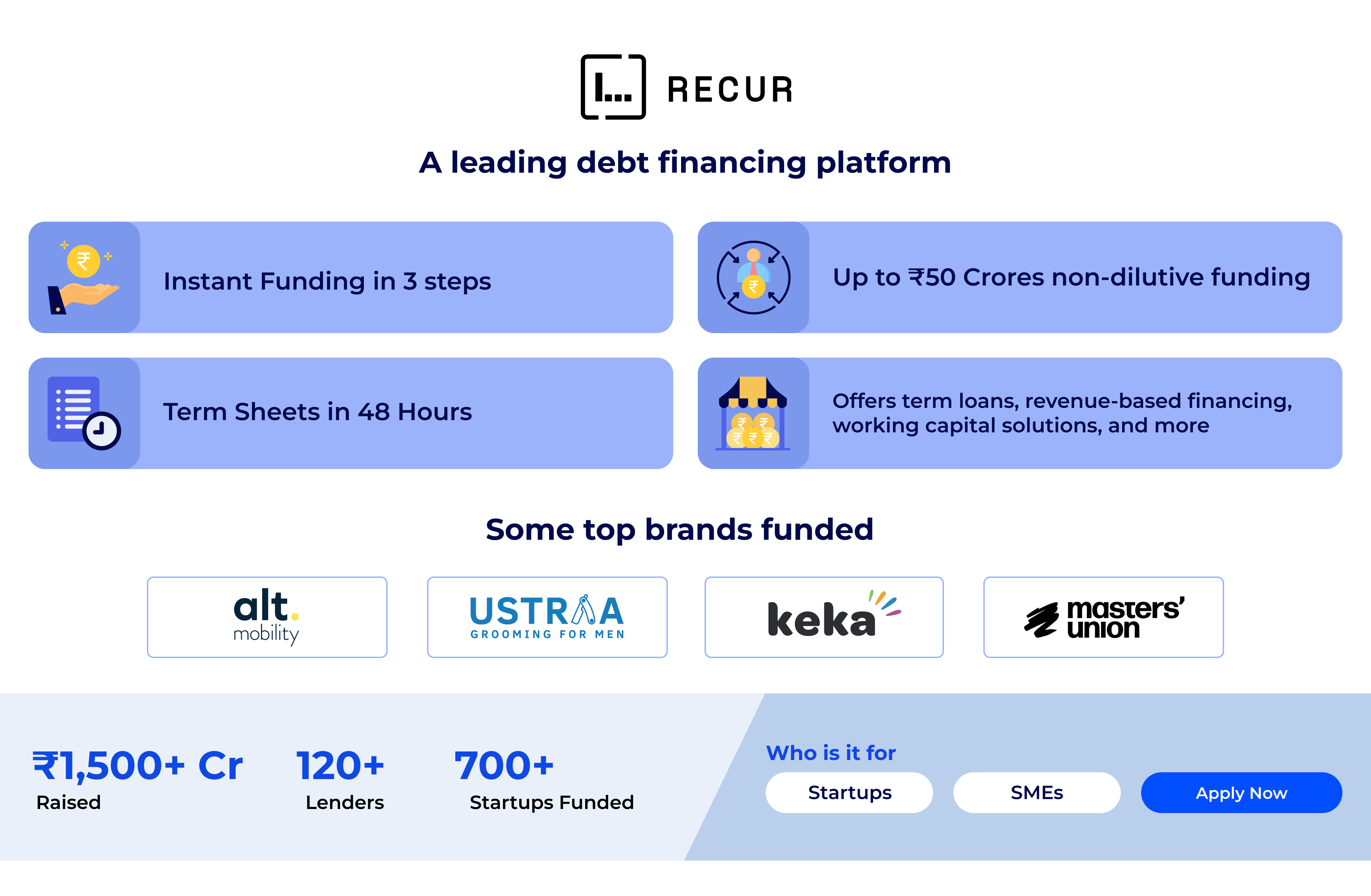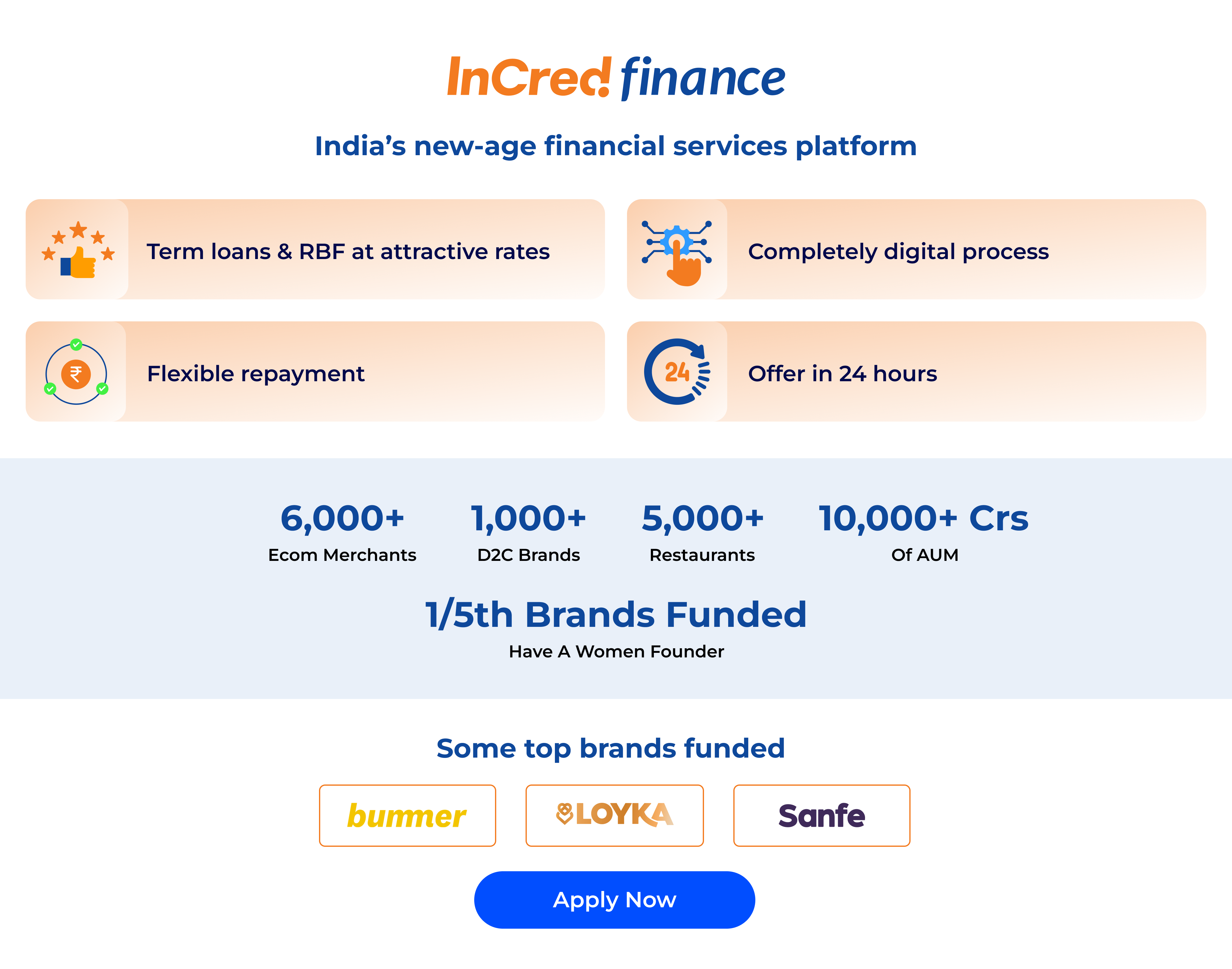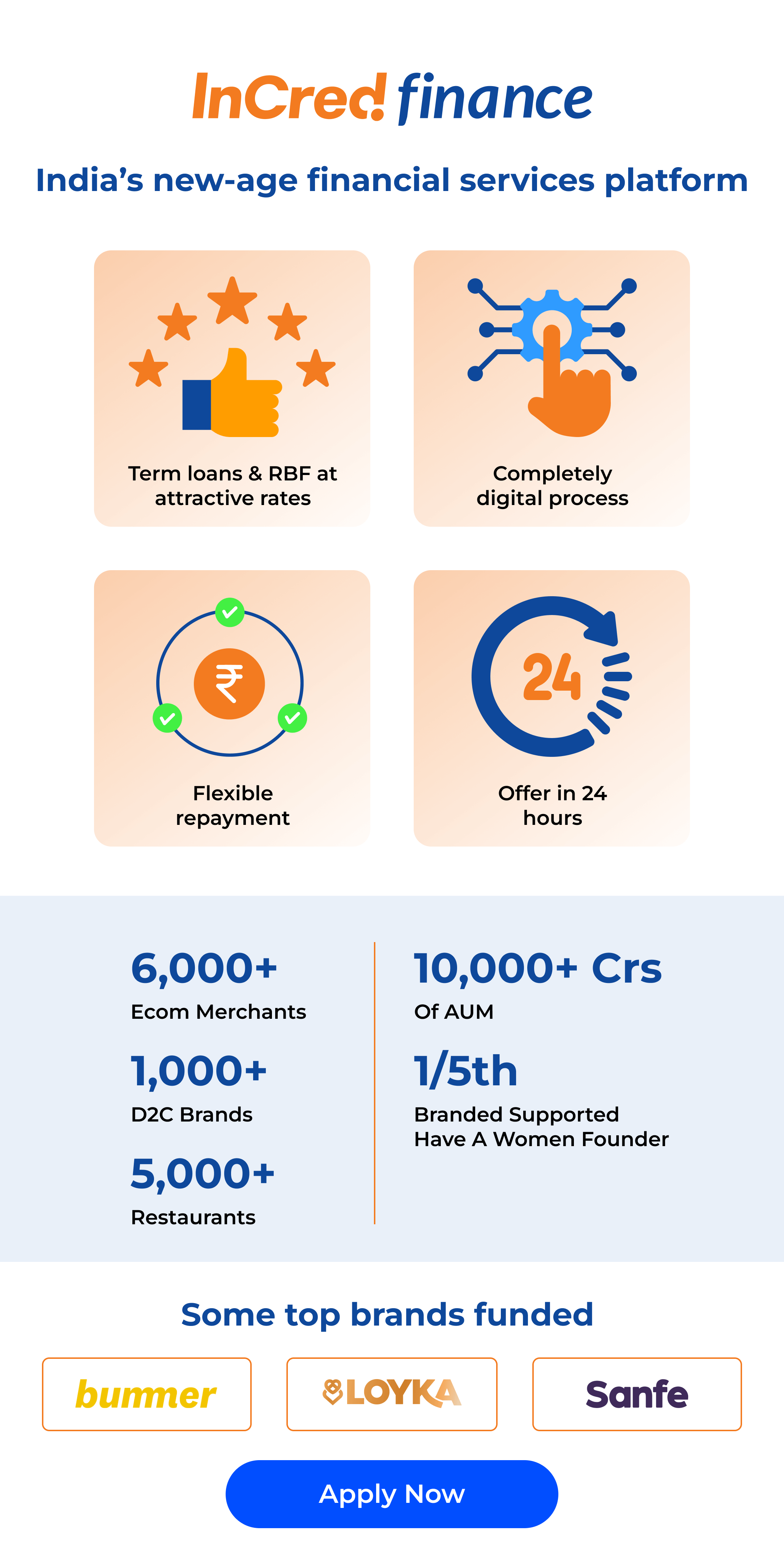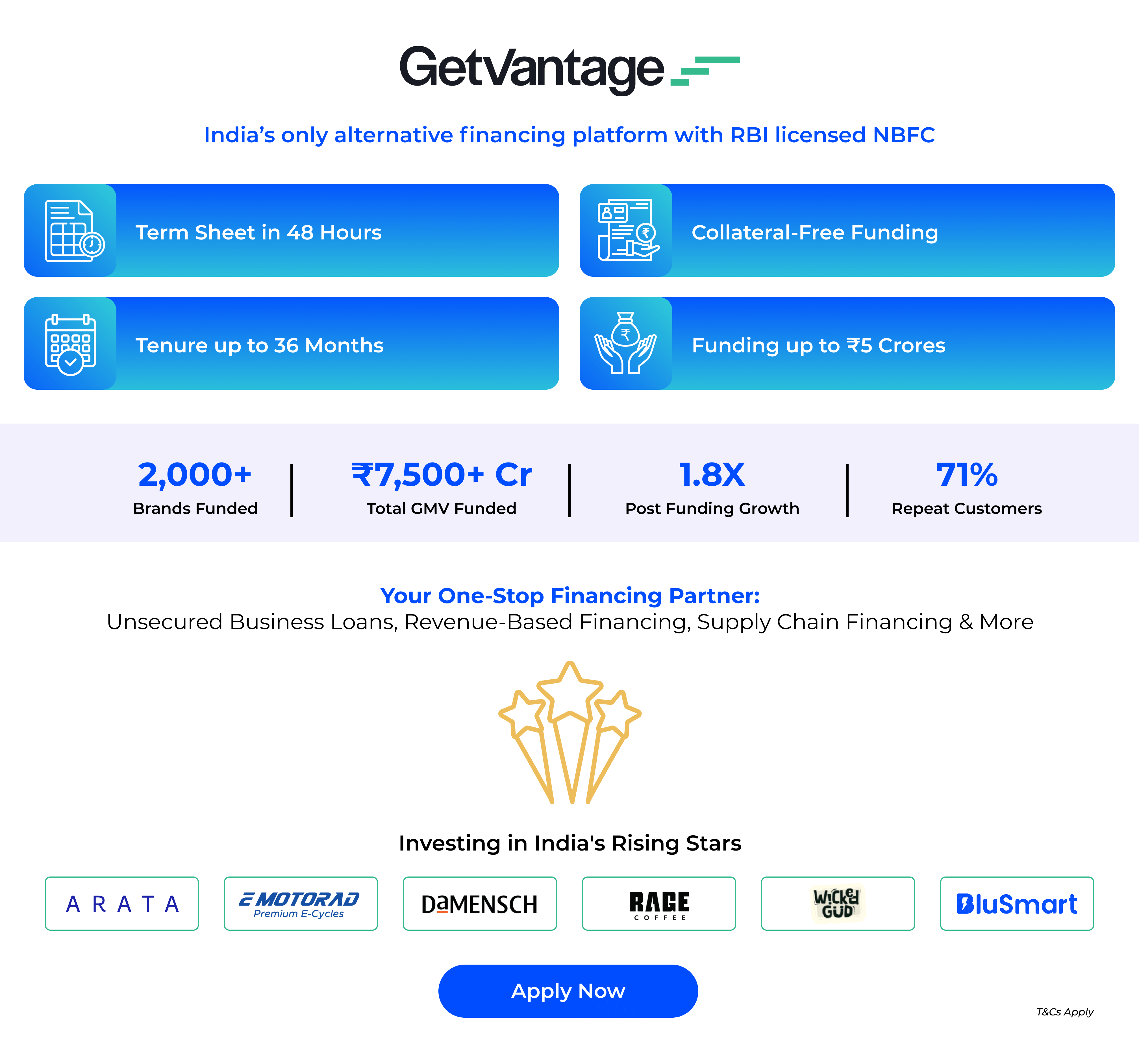Planning Pays Off: 5 Strategies to Get the Most Out of Your Delivery Speed Choice
August 20, 2025
5 min read
From BNPL to Blockchain:
What’s Next in eCommerce Funding
In the evolving world of digital commerce, the rise of alternative financing has revolutionized how online businesses manage cash flow and fund growth. Traditional lending often falls short for fast-paced businesses that demand speed, agility, and fewer restrictions. As a result, modern merchants are increasingly turning to retail business funding models that are as flexible as the markets they operate in.
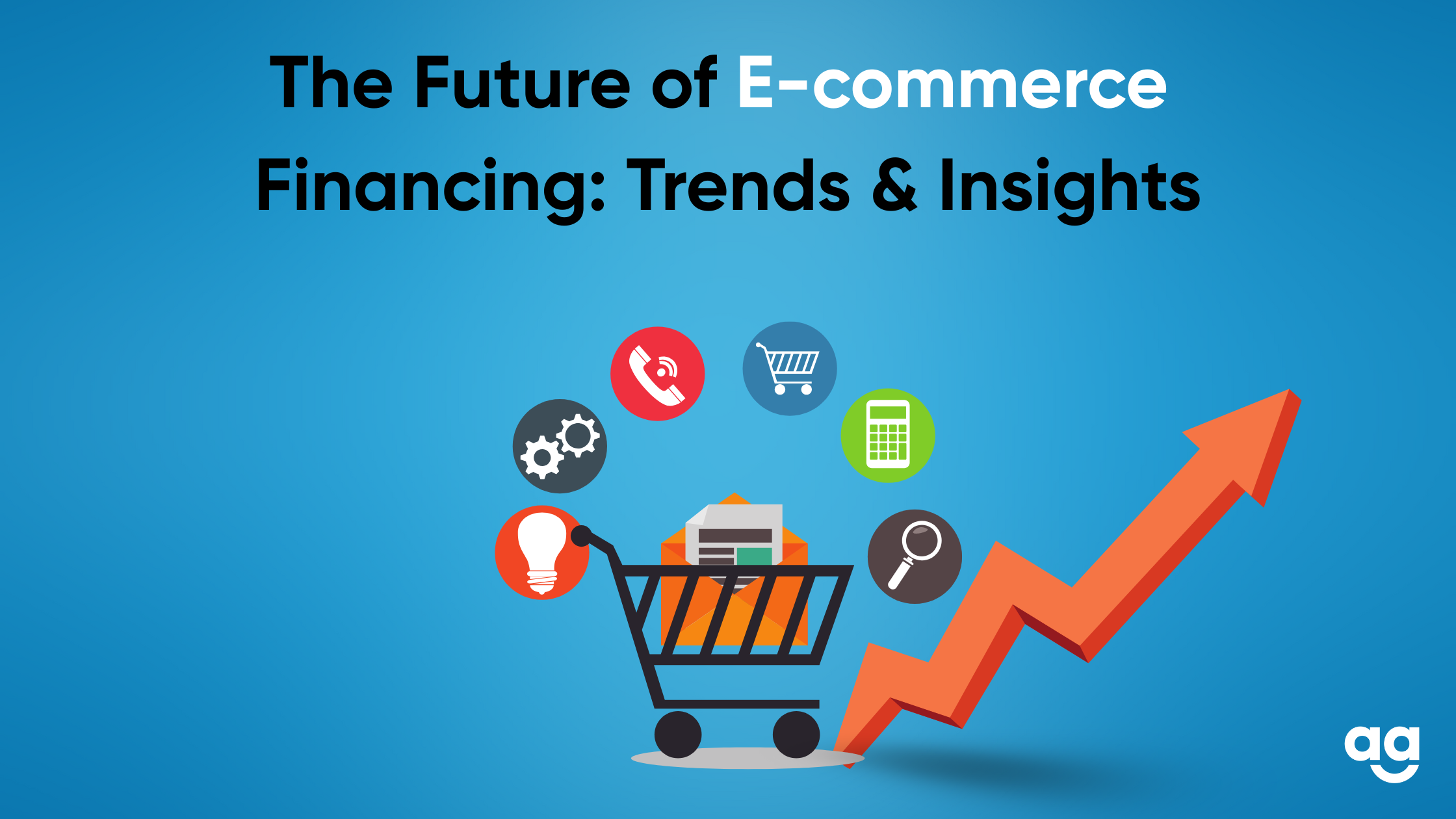
Shifting Gears from Traditional Lending
For years, banks dominated the lending landscape. But their complex application processes, strict collateral requirements, and long approval times have made them less suitable for digital-first businesses.
Today, non-traditional lenders—including fintech platforms—are offering quicker access to easy business loans, often tailored specifically for eCommerce players. From revenue-based financing to merchant cash advances, businesses now have a host of options that work in tandem with their sales cycles and operational models.
According to a report by GlobeNewswire, the global alternative lending market is projected to grow from $661.4 billion in 2023 to $1.03 trillion by 2028, reflecting a Compound Annual Growth Rate (CAGR) of 8.6%.
Rise of Revenue-Based Financing
Among these emerging models, revenue-based financing (RBF) stands out. Instead of fixed monthly EMIs, repayments are linked to a business’s revenue—making it easier for seasonal or fluctuating revenue streams.
With RBF, businesses receive upfront capital and repay it as a percentage of their future sales. There’s no equity dilution and minimal paperwork, which makes it an attractive option for new and growing online brands.
Growth of Buy Now, Pay Later (BNPL) in eCommerce
Another innovation changing the financing landscape is the rise of BNPL (Buy Now, Pay Later) services. BNPL not only offers consumers an easy credit solution but also supports retailers by boosting conversion rates and order values.
For eCommerce sellers, this integration means easier upselling opportunities and higher average order values, both of which contribute to better cash flow and e-commerce working capital.
Fintech-Driven Easy Business Loans
Fintech platforms now provide lightning-fast access to capital, powered by algorithms that assess business health using real-time sales data, payment history, and customer reviews. This dramatically increases loan approval rates while reducing turnaround time.
Some key advantages include:
- Paperless applications and digital KYC
- Automated underwriting with minimal human intervention
- Flexible loan tenures aligned to cash flow
- Lower interest rates due to better risk models
Smarter E-commerce Working Capital Management
Managing e-commerce working capital effectively can make or break seasonal success. Businesses are using AI-powered tools to optimize inventory, automate reorder cycles, and forecast demand spikes.
By aligning financing with real-time inventory movement, businesses are avoiding stock-outs, while also preventing overstocking, ensuring better cash utilization.
Trends to Watch in the Future of Retail Business Funding
- Embedded Financing: Lenders will soon integrate financing options directly within eCommerce platforms, allowing instant loan offers at checkout or while managing product listings.
- Decentralized Finance (DeFi): Blockchain-enabled lending is emerging, offering borderless financial services; though it’s still early-stage.
- ESG-Linked Financing: Retailers that follow sustainable practices may soon get better loan terms. Lenders are exploring incentives tied to environmental and social goals.
- Cross-border Financing Tools: As D2C brands go global, they need working capital across currencies and geographies. New tools are enabling this at speed and scale.
Smarter Financing for Smarter Commerce
As eCommerce continues to grow, so will the need for tailored alternative financing solutions that empower digital retailers. By tapping into easy business loans, keeping an eye on innovative retail business funding models, and smartly managing e-commerce working capital, businesses can stay nimble and future-ready.
Don’t let limited cash hold you back. Explore smart, scalable funding options with Capital by Shipyaari, and take your eCommerce business to the next level.
Frequently Asked Questions
Alternative financing refers to non-traditional funding methods like revenue-based financing, BNPL (Buy Now, Pay Later), and fintech-driven loans. These solutions provide faster, more flexible access to capital compared to conventional bank loans.
Revenue-based financing (RBF) allows businesses to repay loans as a percentage of their sales, instead of fixed EMIs. This makes it ideal for eCommerce brands with seasonal or fluctuating revenues, while also avoiding equity dilution and heavy paperwork.
Fintech platforms use real-time data such as sales, payments, and reviews to assess creditworthiness. This enables paperless applications, faster approvals, flexible repayment options, and often better interest rates—making them a preferred choice for eCommerce funding.
Upcoming trends include embedded financing within eCommerce platforms, blockchain-driven decentralized finance (DeFi), ESG-linked funding with sustainability incentives, and cross-border financing tools that support global D2C expansion.
Suggested Reads
Hyperlocal Personalization: Tailoring Experiences for Local Customers
Introduction The eCommerce industry in India has witnessed a rapid growth of hyperlocal services in
Continue ReadingDec






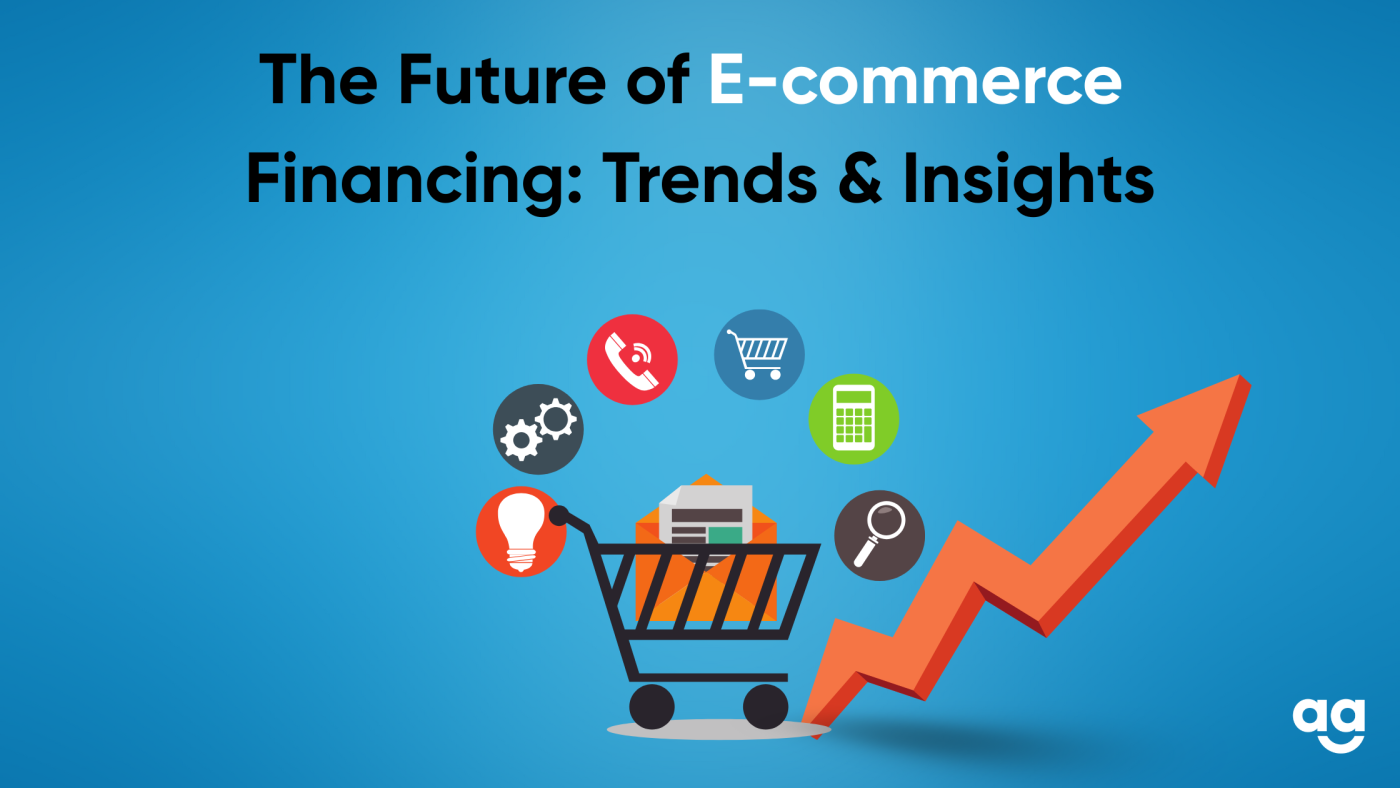



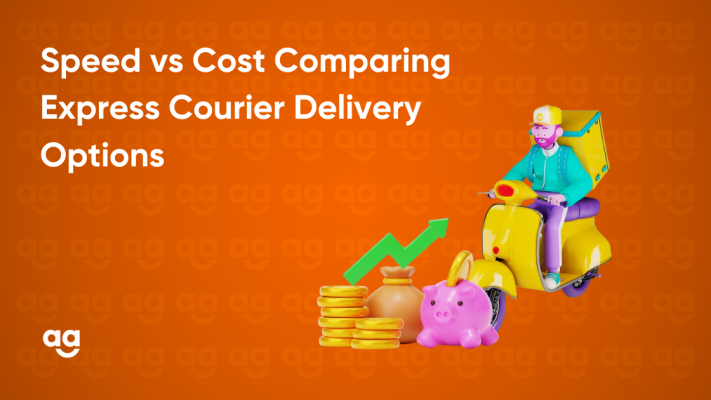
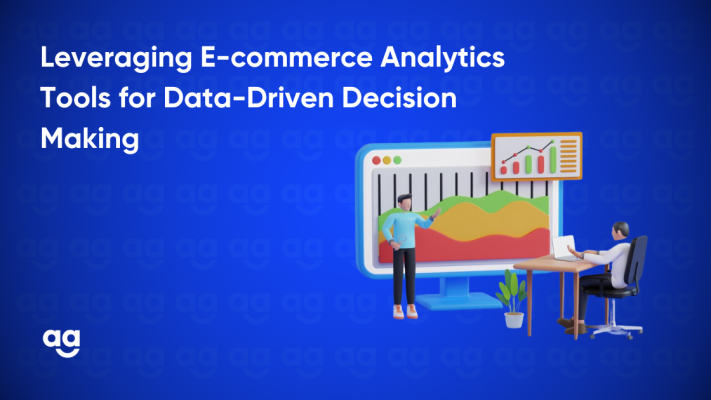
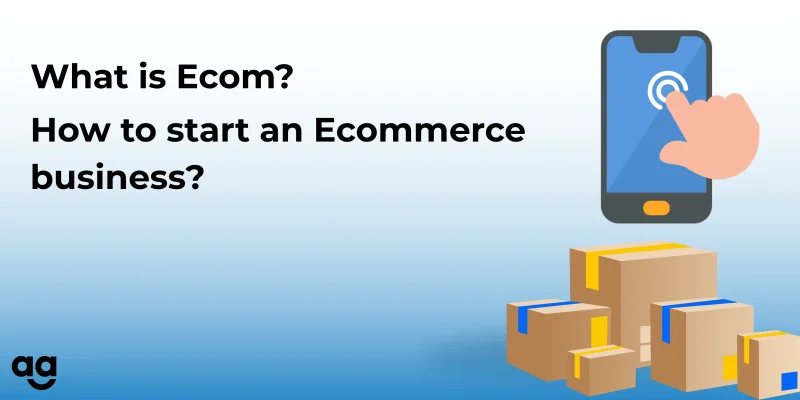





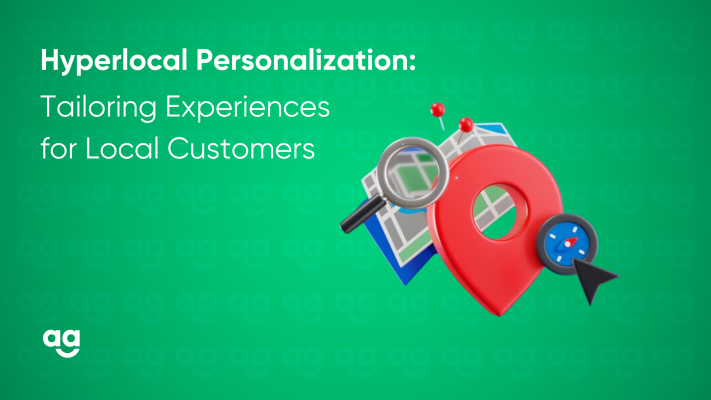
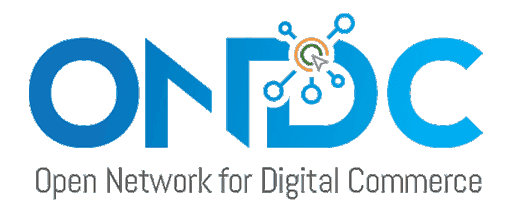 Shipping
Shipping
